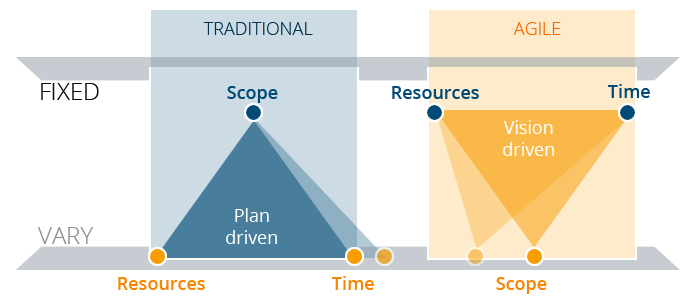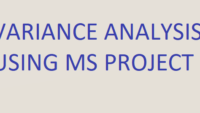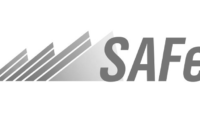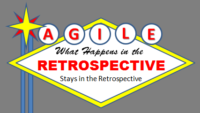Agile is nothing but a methodology that is used to implement the project or the product. This is a process that has been proven to deliver the product or service faster in the market and also produce better quality.
To understand better, let’s quickly look at the standard, most popular, a familiar methodology that all companies have used before Agile methodology came into use.
Waterfall methodology
- Sequential model
- Follows one phase after the other in SDLC(Software Development Life Cycle)
- Testing starts after development is complete
- Requirements are fully approved and signed off before coding starts
- Each phase starts only after the prior phase is fully complete and approved.
- Team sizes can be small or large, can range from as small as 5 people to as large as 100 people.
Agile methodology
Agile is a blanket term for other variations, Kanban, Lean, RUP(Rational Unified Process) and Scrum. Of these, Scrum is the most popular and Kanban is quickly being adopted by companies as well.
Agile-Scrum model.
- This is an iterative approach
- Documentation is not given much importance.
- Testing happens in parallel with coding.
- Time-boxed- meaning, there are cycles called sprints that are run for every two, three or four weeks depending on the nature of the project.
- Weighs in a lot for the TTM(Time To Market) (applied to consumer electronics, shopping/apparel- a retail industry more than other domains)
- Team structure is different from the waterfall model.
- Team sizes are between 5-8 people for Agile/Scrum.
To learn more on each of the Scrum Processes, Ceremonies, click here.
Agile-Kanban Model.
Kanban- Kanban is based on JIT(Just In Time) technology introduced by Toyota. When we talk about Agile, we remember three keywords, Agility(flexibility), Iterative/Adaptive, Coordination(teams are small and communicate well). And we are looking at Kanban, it is even more flexible than Agile-Scrum, which means there is are no particular rules to implement Kanban.
Key points in using Kanban.
- JIT framework, meaning, no specific rules, task oriented. Take work as it comes and completes it.
- Don’t move to other tasks without completing your previous task.
- No cycles or sprints like Agile-Scrum.(Scrum has 2 or 3 or 4-week sprint cycles)
- The Kanban board has only(mostly) three columns. To Do, In Progress, Done. To Do column has the features to be done and In Progress states the task that is currently being worked on and done is done(which means, testing has also been done and passed).
And there is another variation called ScrumBan where the company decides the best way for them is to adopt both the Scrum and the Kanban process. This is totally right, as the Agile framework does not dictate any rigid process or framework, rather it is adaptable and customizable based on the company’s structure and needs.
#Agileprojectmanagement #agilescrum #projectmanagement






